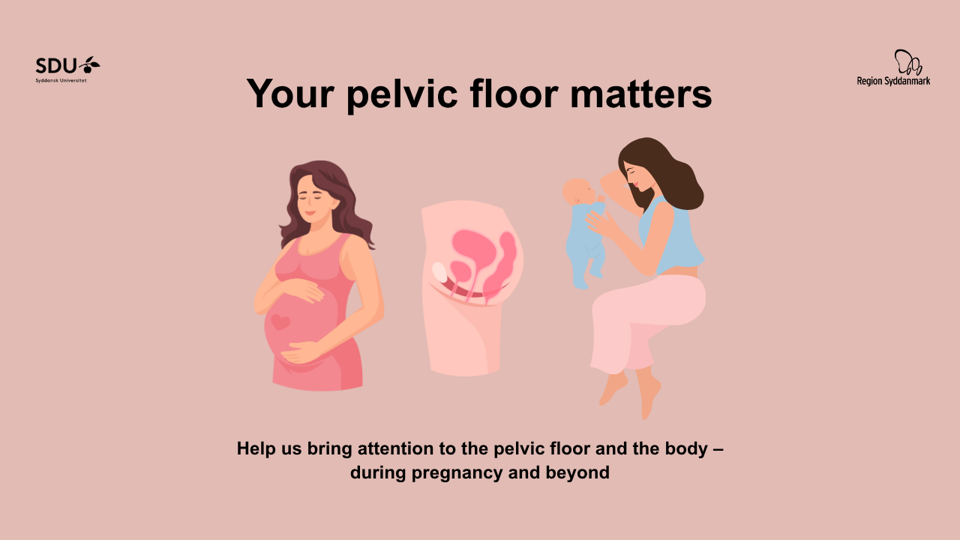Pelvic Floor Muscle Training During Pregnancy – information in English
This project investigates the implementation of pelvic floor muscle training (PFMT) and how it may improve sexual function, birth outcomes, and help prevent pelvic floor disorders after childbirth.
Invitation to Participate
Why is your participation important?
By taking part, you not only help yourself by potentially preventing future problems – you also contribute to important research that can improve healthcare services for future mothers. Your experience and effort can make a real difference for many women.
Want to know more?
Read more about pelvic floor training and the project here on the website. Participation is entirely voluntary and your participation in the project will not affect your treatment or your relationship with us within the healthcare system
I hope you will join and help us create new knowledge that can improve the health of future generations of mothers.
Warm regards,
Greta Puriene, medical doctor and PhD student

